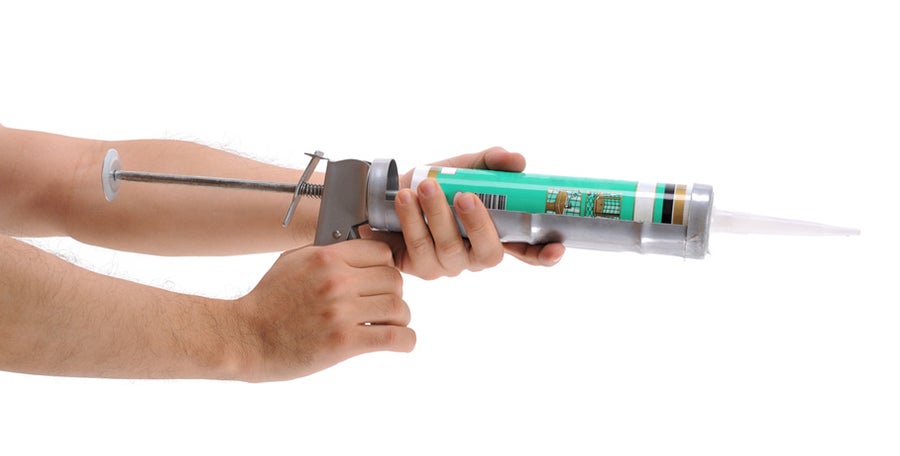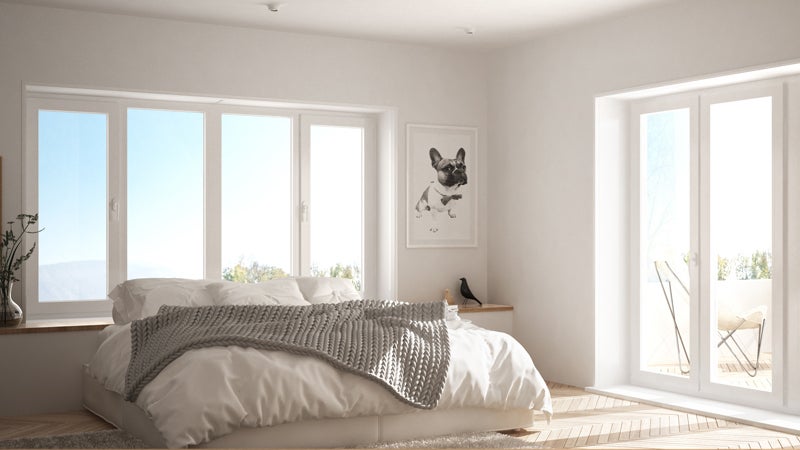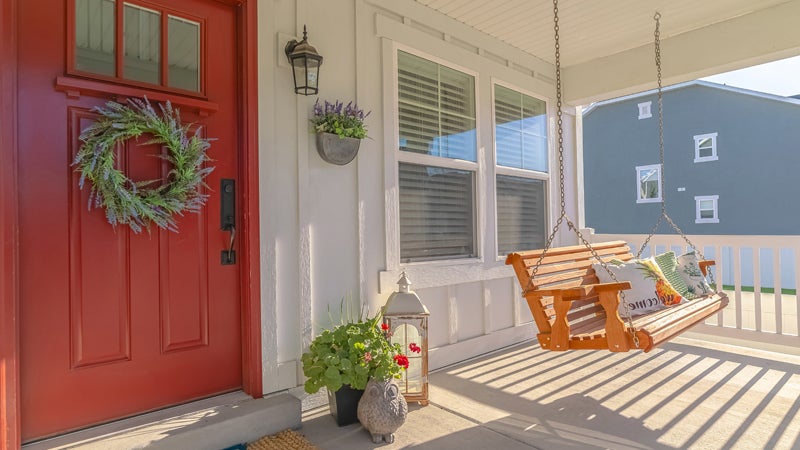
Keeping your home looking great requires exterior painting once in a great while. Not only will a fresh coat of paint—applied properly—improve the appearance, it also helps to protect the exterior and keep your home weather-tight.
Caulk first, paint later
Before you start the painting process, you need to take the essential step of re-caulking your home. Caulk provides a necessary sealant that removes gaps that can let in moisture, drafts, and pests (e.g., insects, mice). Moisture can cause the paint to crack, peel, or bubble. If water seeps into the house, it can lead to fungus.
Elastomeric caulk is the ideal material. It’s durable and adheres to most surfaces. Other good choices include polyurethane and standard siliconized caulking (not to be confused with silicon caulk). Look at the warranty rating of the caulk. It should last 25 years or longer.
Be sure to remove old caulking before you apply a new layer.
Where to caulk
If caulking is new to you, don’t worry. It’s very easy. Just load the tube into your caulking gun, and cut 1/4” off the tip at an angle. Cutting too much off the tip of the caulking tube could cause a mess!
Look for places where two different materials or sections come together, like the door or window frame and the wall, or brick and wood, around outside faucets and dryer vents The area should be dry before you caulk it.
Don’t overdo the application. A thin bead of caulk is sufficient. After you apply it, run your finger along the bead to create a smooth line. Use a damp cloth to wipe your finger each time you lift it in order to keep that smoothness. Also wipe up any excess caulking before it dries.
In areas where the caulk might show, avoid a white caulk. On brick for example, a clear caulk is a better choice. Around gray concrete floors or foundation, use a gray urethane or clear caulk. Bear in mind that elastomeric caulk goes on white but dries clear.
Be sure to caulk every section on a window or door where parts come together: the sill, the trim, and between the glass panes and wood frame.
Fill in gaps behind your fascia and soffits with caulk.
Don’t caulk areas that are designed to let moisture escape! This includes sections of the foundation.
The extra effort you invest now in re-caulking your home will prevent big problems later.





